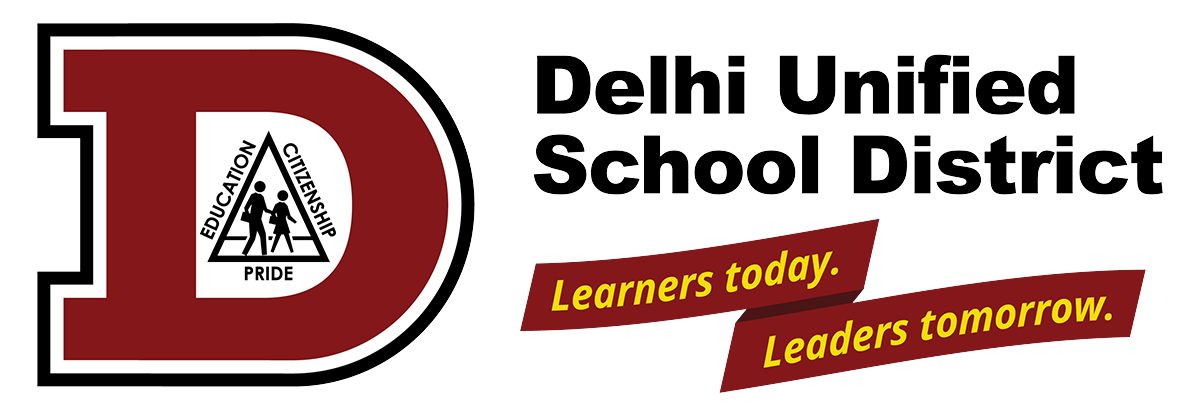Skip to content
Show submenu for District Info
District Info
Educational Plans
Show submenu for Parents/Students
Parents/Students
Safe Passage Information
Show submenu for Board/Committees
Show submenu for Departments
Show submenu for Library
Show submenu for Employee Info
Show submenu for Aeries Support
Aeries Support
Show submenu for Community Info
Community Info
Show submenu for
